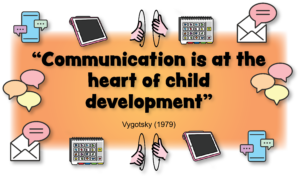Early Learning Services

If you already have an account:

Your Early Learning Setting and Key Word Sign
Help all children at your Early Learning Setting express their thoughts, needs, feeling, desires, choices and ideas through the power of key word sign.
Key word sign borrows Auslan (Australian Sign Language) signs and uses them alongside speech, gestures and facial expressions with the key words of the sentence being signed.
Key word sign is a well recognised Alternative and Augmentative Communication (AAC) tool, often introduced by Speech Language Pathologists (SLPs) or Occupational Therapists (OTs) for children that have communication difficulties. However, recent research has found a number of benefits for using key word signing / manual signing with all children; discussed below.
We strongly encourage all Early Learning Settings to adopt key word sign into their setting to encourage inclusivity, positivity and reduce stigma for children that may use this AAC tool as their main form of communication long term.
How we can help integrate Children’s key word signing into your service
Sunshine Sign and Sing has a number of resources to assist you with implementing Children’s key word signing into your service.
Resource 1: Professional Development Key Word Sign Training and Resources – Designed for Early Learning Services
Children’s Key Word Sign (KWS) Pack contains the following:
Professional Development Training – Children’s key word sign training, either 3 hour in-person or 2 x 1.5 hour live online sessions
Physical resources
- 24 Everyday Signs poster
- 24 Everyday Signs flashcards
- song & sign booklet
- story sign book
- lanyard flashcards per training participant
- hard copy certificate per training participant
Online Resources
- sign tutorials
- signed song videos
- Mp3 music
- signed story book video
- information about key word signing
Community Portal – an online resource to be shared with parents and carers of your Early Learning community, allowing for greater uptake and engagement
- sign tutorials
- information about Key Word Sign
- details on resources used within your service and recommended resources at home
For more information please visit our training website alternatively please download a copy of our brochure:
Please note, we are able to customise our pack based on your early learning setting or budget. Please contact us today to discuss you Early Learning needs.
Resource 2: Music and sensory sessions
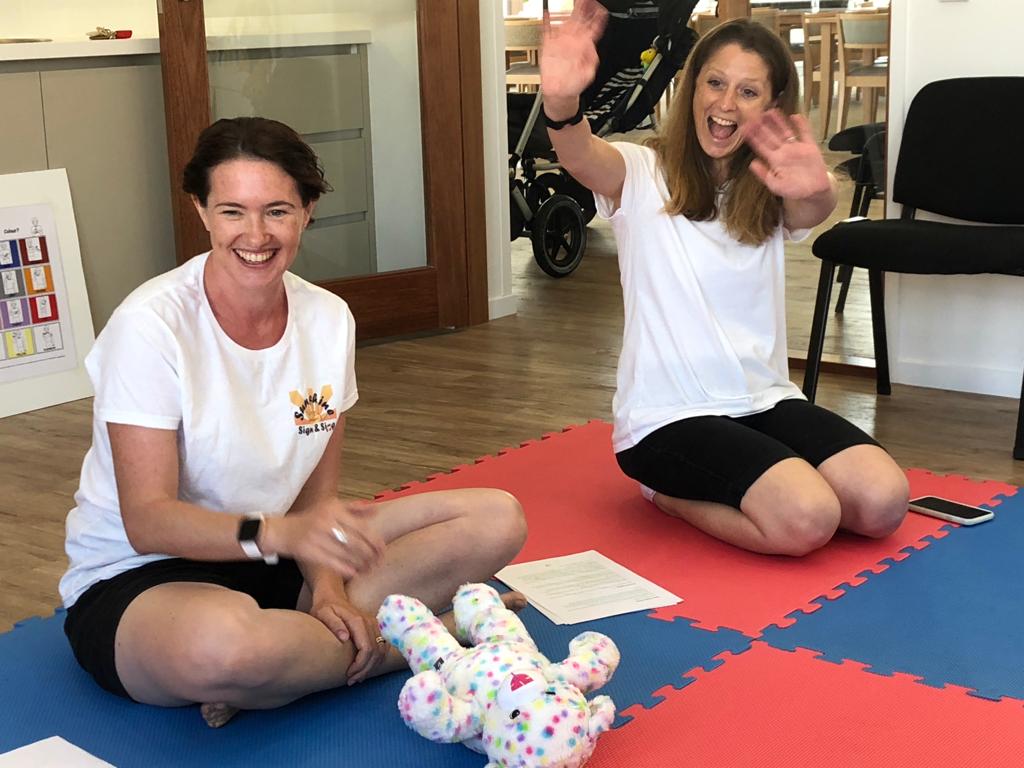
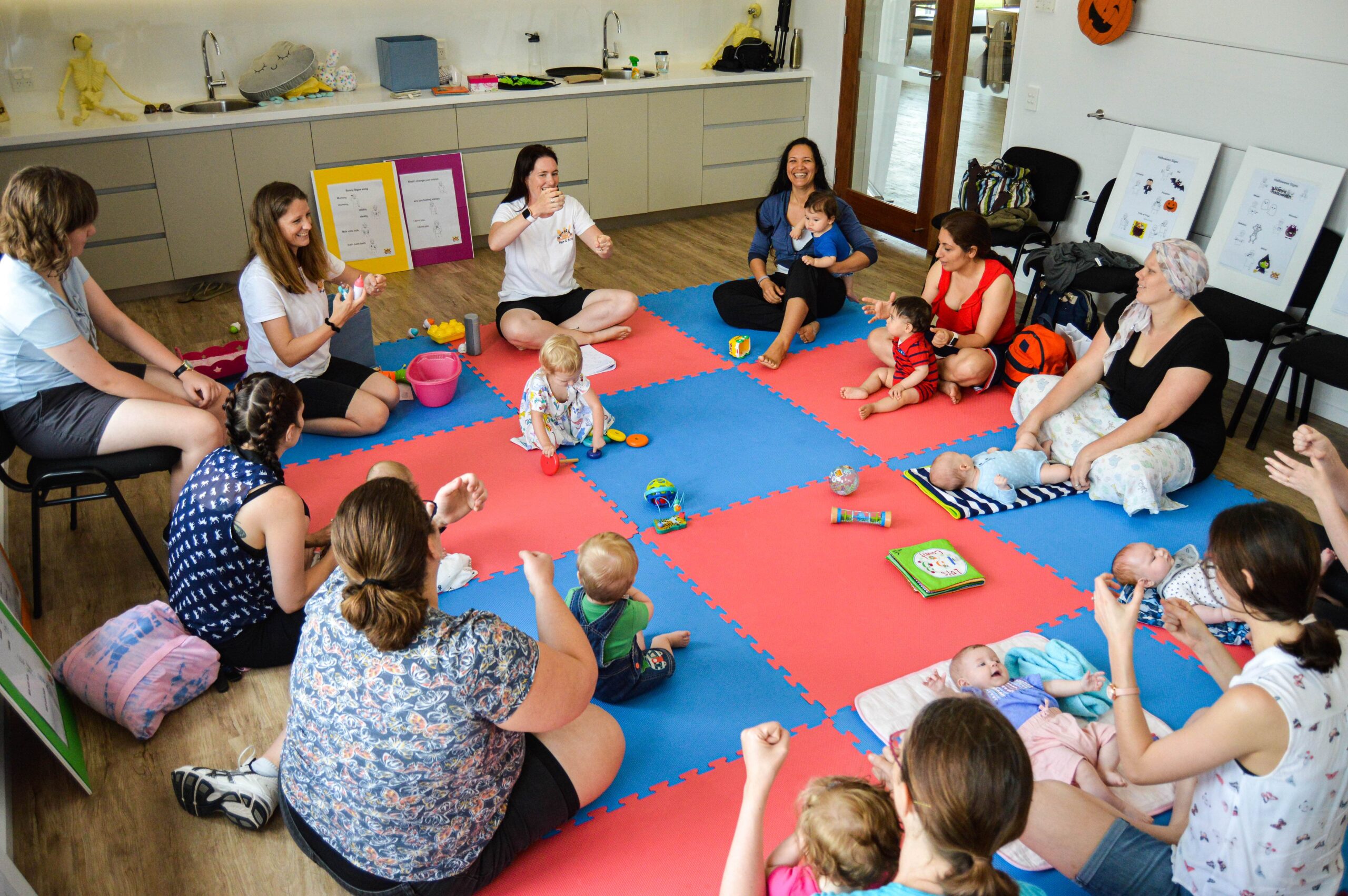

This service is available to early childhood education and care settings located on the Sunshine Coast.
We are able to provide face-to-face 45 minute baby sign / key word sign sessions to the children at your early learning setting.
During this 45 minute sessions the children will be introduced to key word sign through songs, books and sensory play. The sessions run parallel to school term time with a different theme each week.
The base package for these sessions is $160 per 45 minute session. For more information please contact us.
Resource 3: Individual resources
All individual resources can be purchased from our shop including flashcards, posters, lanyard cards and books.
Resource 4: Customised Products and training
Do you have an idea in mind on what key word signs (KWS) would be best for your service?
Would you like the Children’s key word signing (KWS) resources we provide to have your logo on them?
Do you have ideas for other Children’s key word signing (KWS) resources we don’t yet have available?
We can work with you to create and customise products to meet your needs at very reasonable prices.
Still not convinced?
Please continue reading for more information on:
- What is key word sign?
- The benefits of key word sign;
What is Key Word Sign?
Key word sign (‘KWS’) (previously known as MAKATON) is the use of manual signs, facial expressions and natural gestures with spoken words to assist communication for those that are pre-verbal or have communication difficulties. It is one of the most widely used strategies for people that cannot communicate by speech alone.
In recent years, research has found the use of key word sign with typically developing babies and children (sometimes called baby sign or baby sign language) has many benefits to their comprehension, vocabulary, social and emotional development and fine motor skills. For more information on key word sign please click here.
What are the benefits of Children’s key word signing?
There are many benefits of integrating Children’s key word signing (KWS) into your early childhood education and care settings. A small number of which have been set out below:
Communication
Babies are able to sign before they speak, if babies are signed from birth they are usually able to expressly communicate through sign before being able communicate verbally. This can be as early as 5 months however first signs are usually noticed between 8 to 10 months.
Further with 1 in 5 children estimated to have a language delay, this communication tool is an excellent way to ensure the children at your setting are able to expressively communicate through sign to your Educators and their peers before being able to communicate verbally.
Neurodiversity
It is estimated around 1 in 7 children are neurodiverse.1 Neurodivergent is described as:
“Someone who is neurodivergent behaves, thinks and learns differently compared to those who are neurotypical. This term can be used to describe an individual whose brain functions differently to what we consider “normal”. This includes people with autism, ADHD, Tourette’s, dyslexia and a range of other neurodiverse conditions.”
https://exceptionalindividuals.com/neurodiversity/ [accessed 17 October 2022]
Within the neurodiverse community many have either auditory processing difficulties or visual processing difficulties. By using key word sign at your Early Learning setting it will ensure that you will be able to lean towards the strengths of each individual child, either through their visual strengths through using sign, or through their auditory strenght of also using speech at the same time.
By using signs at your Early Learning Setting it ensures the children the very best start at life. For example, if it is discovered a child may need intervention for a previously undiagnosed disability, you have already provided the child with an alternative way to communicate and process information.
Using key word sign at your setting ensures that a child that uses signs as their main way of communication will feel included and will not face the stigmatisation or exclusion often associated by those that use AAC.
Language Development
Further, both baby signing and Children’s key word signing have been shown to improve vocabularies of those that are exposed to signing and may improve the IQ of the children long term.2
Social and Emotional Benefits
Research into baby signing within Early Learning Services has also been shown to encourage Educators to be more responsive, warm and affectionate. Further, with all children learning to sign alongside speech it ensures that those that use sign alone are able to communicate with their peers essential for their social and emotional development.2
Further, when the children begin to use signs to express themselves it gives you an insight to their personalities while also improving their fine motor skills.2
Further reading
Sunshine Sign and Sing has taken the opportunity to show, through evidence based research, how integrating Children’s key word signing (KWS) into your early childhood education and care settings will assist you to meet the Principles and Learning Outcomes of the Early Years Learning Framework. For more information please click here.
For a more brief overlook at the benefits of using Children’s key word signing (KWS) in your early childhood education and care settings please click here
Send a request for more information below and we’ll be in contact to discuss how we can help.
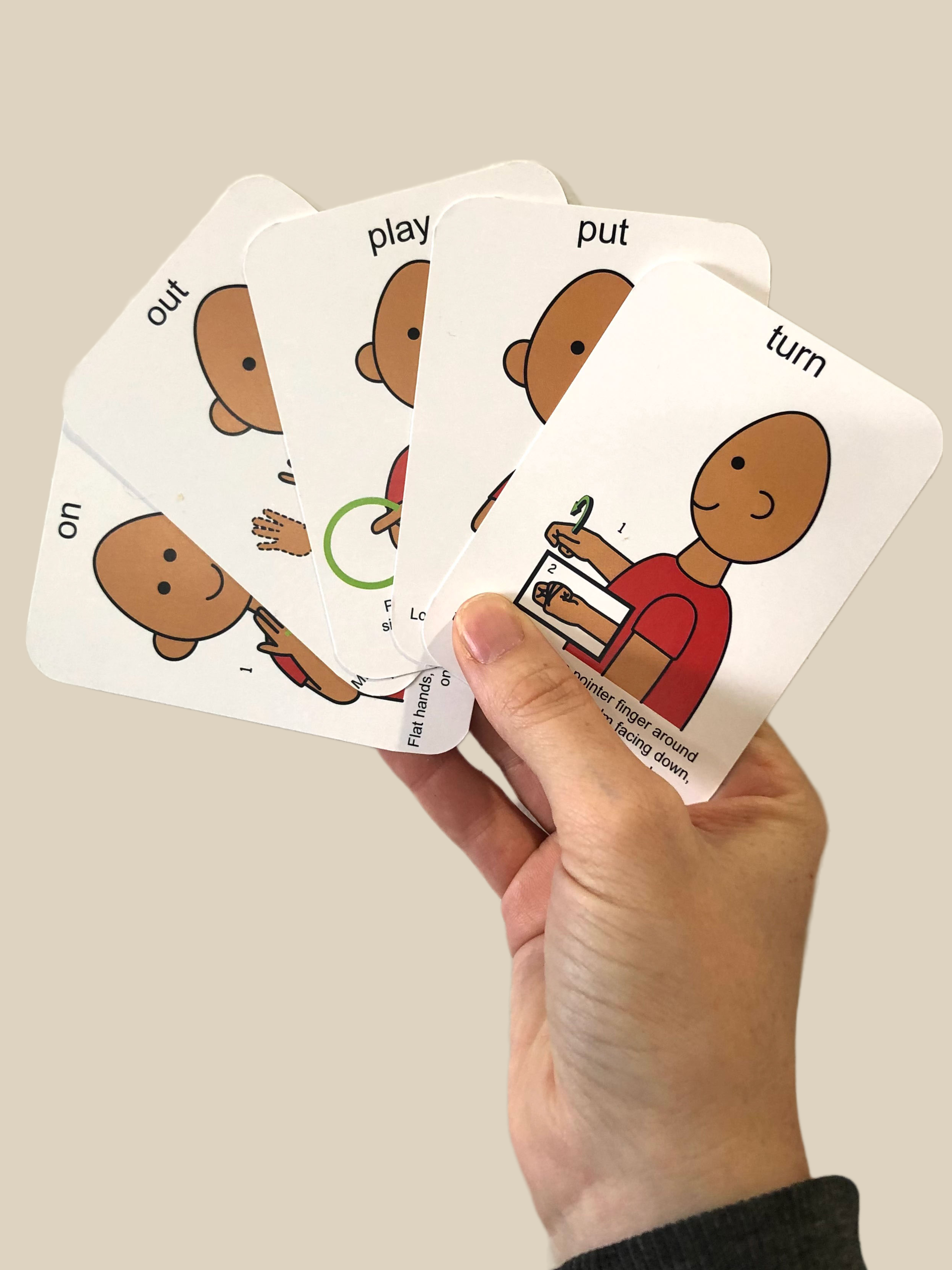
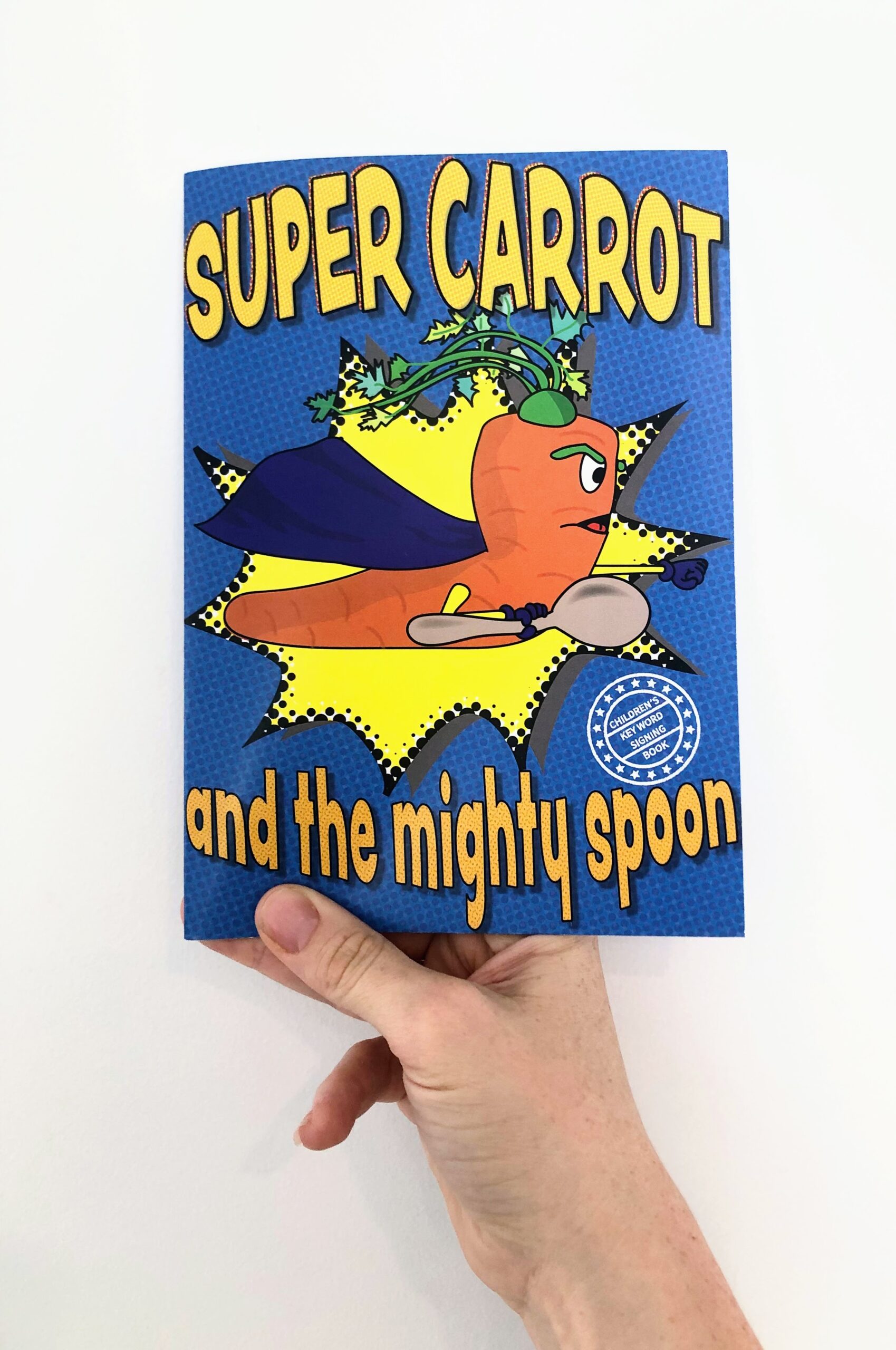

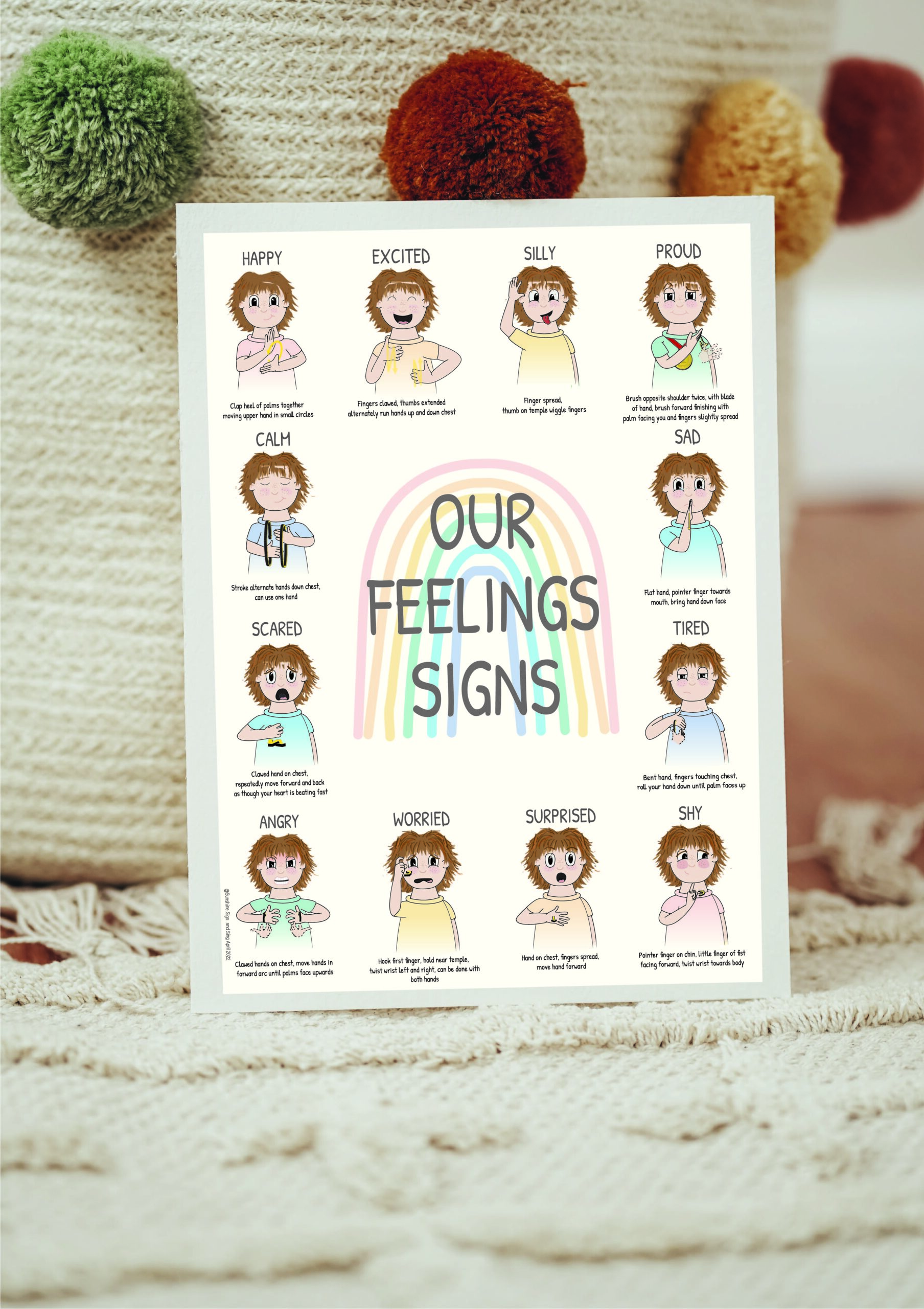
1https://adhdaware.org.uk/what-is-adhd/neurodiversity-and-other-conditions/ [accessed 17 October 2022]
2 https://digitalcommons.csp.edu/cgi/viewcontent.cgi?article=1009&context=teacher-education_masters [accessed 17 October 2022]

